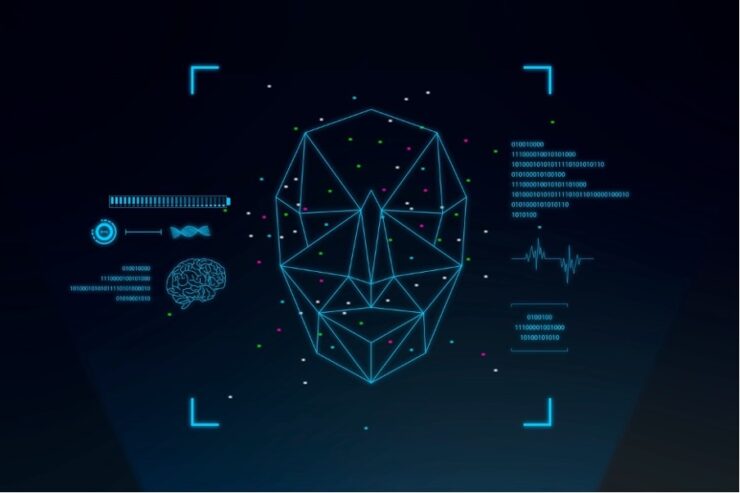Documentation
Afrofuturism and Imaginative Technological Design – Pauline Munnich

As Dan Hassler-Forest exposed in the seminar “Janelle Monáe’s Black Utopias and the Afrofuturist Imagination”, science fiction and thinking about the human future has predominantly been a Eurocentric practice. In the seminar, through specifically focusing on Jane Monáe, Hassler-Forest illustrates how Afrofuturism focusses not just on the future but also the past and the present, reflecting on how the future is dominated by a single Eurocentric view. According to Hassler-Forest (2022) “Afrofuturism provides a narrative framework for world-building in which the Eurocentric assumptions of liberal humanism are radically reconfigured” (13).
However, it is not just a critique on the past that has been appropriated by whiteness, it furthermore reflects in the exclusionary aspects of technological design. As Winchester (2018) stresses, technology tends to work less effectively for people of colour (42-43). They are rarely the imagined audience of the designer for technology as instead most technology assumes a standard body (43). Although not done with malicious intent, this is due to “simply the frequent homogeneity in voice and perspective in technology design commonly hamper more inclusive efforts” (44). Wearable devices, for instance, are less accurate when it comes to people of colour, being designed with a white audience in mind (43). Afrofuturism, hence, to Winchester, holds the potential for more inclusive and impactful designs as well as offers critique on existing design practices that fail to take into account human differences (44-45).
By approaching technological designs through Afrofuturism, underlying assumptions and structures of power can be uncovered, leading for the imaginative gap to be filled in order to create more inclusive imagining of technological design (44-45). This lens approaches populations as diverse and, thus, encourages reflection on how inclusive design practices truly are.
Reflecting more on how our technological designs are non-inclusive is quite detrimental as technology has become more and more ubiquitous in our environment. A good example of the potential dangers can be seen in the debates surrounding facial recognition software. As Bahu and Shahin (2021) argue, it is too early to implement facial recognition technology as it disproportionately affects the African American population (225). The technology is quite inaccurate in general but is even more inaccurate when it comes to people of colour. The input data to train the software with being mostly white faces, leading to even more inaccuracy with people of colour whilst they also tend to be singled out for surveillance practices (226-227). Hence, the technology could have massive consequences for already marginalized groups.
Technologies such as these are exclusionary as the group of people who are designing and imagining them are not inclusive, reflecting what Hassler-Forest describes as the appropriation of white people on time by taking control over the imagined future.
Works Cited
Babu, A. & Shahin, S. (2021). “Not Ready for Prime Time”: Biometrics and Biopolitics in the (Un)Making of California’s Facial Recognition Ban.” in: AI for Everyone? edited by Pieter Verdegem, 223-245, University of Westminster Press.
Hassler-Forest (2022). Janelle Monáe’s Queer Afrofuturism: Defying Every Label. Rutgers University Press.
Woodrow, W. W. (2018). “Afrofuturism, Inclusion, and the Design Imagination.” Interactions, 25(2), pp. 41-45.

